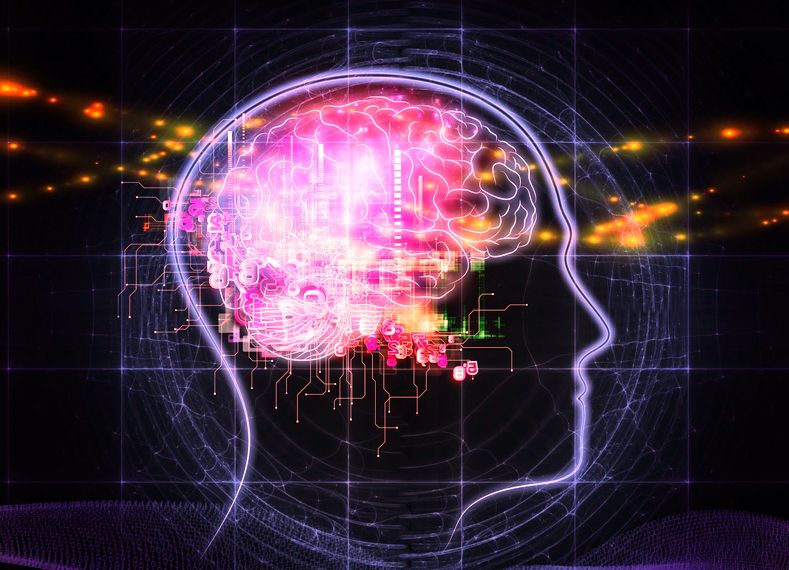I could use one of these right now.
Category: robotics/AI

Marriage Won’t Make Sense When Humans Live for 1,000 Years
My latest story for Vice Motherboard: Is it time to start phasing out the institution of marriage now that we’re soon going to be living indefinitely? And what are the rules with marrying robots?

Mr. Know-It-All: Is It OK to Kick a Robot?
Christoph Niemann Q: Is it OK to kick a robot? A: Robots: They’re just like us! Just look at them go! Exploring the ocean floor! Assembling cars! Detonating explosive devices! Vacuuming the living room! Performing surgery! I read about one, called OSHbot, that works at a hardware store in San Jose, greeting customers in five…

How computers are learning to make human software work more efficiently — John R. Woodward, Justyna Petke And William Langdon | The Conversation
“Genetic improvement involves writing an automated “programmer” who manipulates the source code of a piece of software through trial and error with a view to making it work more efficiently. This might include swapping lines of code around, deleting lines and inserting new ones – very much like a human programmer. Each manipulation is then tested against some quality measure to determine if the new version of the code is an improvement over the old version. It is about taking large software systems and altering them slightly to achieve better results. Read more

Google’s Dream Robot Is Running Wild Across the Internet
Remember a few weeks back, when we learned that Google’s artificial neural network was having creepy daydreams, turning buildings into acid trips and landscapes into Magic Eye pictures? Well, prepare to never sleep again, because last week, Google made its “inceptionism” algorithm available to the public, and the nightmarish images are cropping up everywhere.

These are the projects Elon Musk is funding to prevent killer AI
Elon Musk has donated millions to the Future of Life Institute, and now the organization is putting that money to use by funding research into keeping artificial intelligence “robust and…

Car assembly line robot kills worker in Germany
Which just goes to show that you should never buy ANY form of robotics or AI software from a company that has any of the following words in it’s name: Sky, Net, Skynet, Cyberdine, and or Extermination. wink

Growing Pains for Deep Learning — Chris Edwards | Communications of the ACM
“It has taken time for neural networks, initially conceived 50 years ago, to become accepted parts of information technology applications. After a flurry of interest in the 1990s, supported in part by the development of highly specialized integrated circuits designed to overcome their poor performance on conventional computers, neural networks were outperformed by other algorithms, such as support vector machines in image processing and Gaussian models in speech recognition.” Read more

Why Send Humans to Space When We Can Send Robots? — Daniel Oberhaus | Motherboard
“The first marketable, personal computers in the late 70s came about after almost 40 years of research and development, which created the technology at public expense. One of the peculiarities, if you’d like, of our system of innovation and development is that it’s radically anti-capitalist in many ways…People who paid taxes in the 50s and 60s may not have known it, but they were creating what was ultimately marketed by Apple. But they don’t get any of the profit. I think that’s a social pathology and the same carries over into space.” Read more
